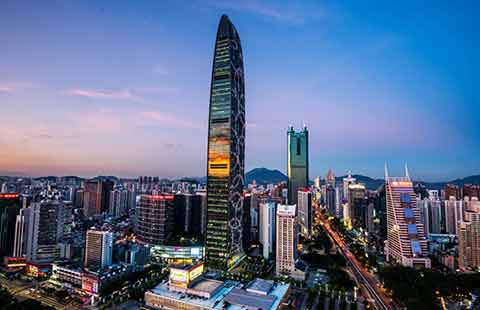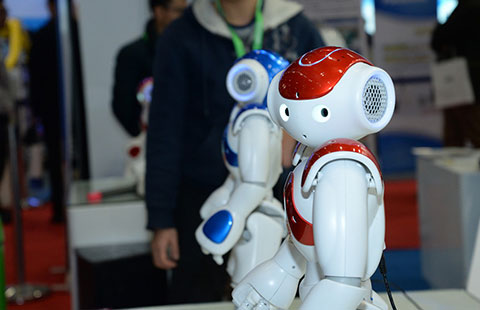Job market is not working for some
By Ding Qingfen and Chen Jia in Beijing and Yu Ran in Wenzhou (China Daily) Updated: 2012-07-26 10:39Better than 2008?
So far, the Chinese labor market is in better shape than in late 2008, when the global financial crisis hit and 20 million migrant workers lost their jobs, said economists.
"Data about the jobs market (in China) is very limited, but so far, things are nowhere as bad as in late 2008," said Standard Chartered's Green in his report.
"Although economic growth slowed to a three-year low in the second quarter, the unemployment rate remains stable so far," said Zhu Haibin, chief China economist at JPMorgan Chase & Co.
"The main reason is that the recent deterioration was concentrated on the manufacturing sector. The service industry is still expanding, but that won't support relatively stable employment," he explained.
The global financial crisis drove world trade to a near standstill and in response the Chinese government unveiled a fiscal stimulus package of $586 billion to stabilize the economy. But this time round, the urban unemployment rate at the end of June stood at merely 4.1 percent.
Although that's far lower than in developed economies, many observers believe the figure doesn't tell the whole picture because figures for a national unemployment rate that includes migrant and other unregistered workers are unavailable.
Meanwhile, the job market seems to be worsening. A survey by the People's Bank of China showed that sentiment about employment prospects fell sharply in the second quarter, close to the lowest level since 2009.
The Ministry of Human Resources and Social Security estimated that the ratio of job openings to job seekers has fallen from 108 to 105 during the past three months.
Moreover, according to the Federation of Hong Kong Industries, more than 2,000 Hong Kong-owned factories in the Pearl River Delta may close this year, hit by a decline in export orders and rising wages.
"The increase in the unemployment rate may happen. But will lag behind economic cooling in the second half. Many companies, especially in the east coast area, have already seen a sharp drop in orders," said JPMorgan's Zhu. "The ongoing policy fine-tuning is very important and the government should keep a close watch on the economic indicators in August and September."
Meanwhile, rising labor and raw material costs during the past three to four years have been, and will continue to be, a major cause of job losses.
Surging wages have squeezed profit margins and even driven some manufacturers to look for better conditions in other parts of Southeast Asia.
Adidas has said it will close its factory in Suzhou, Jiangsu province, which employs 160 people, at the end of October. Nike closed its only Chinese footwear factory, also situated in Suzhou, in 2009.
A spokeswoman said the move is part of Adidas' efforts to restructure its business in China and is aimed at improving efficiency in the local market. The company is expected to move production to Myanmar.
- Urban push to propel next reforms
- Emirates Airline spreads its wings in China
- Mexican curbs 'singe' Chinese steel firms
- Widely-used smart products to drive big data usage
- Uber gets new ally to take on fresh challenges
- Top 10 energy efficient cities in China
- China eyes supply-side reform for new growth
- Local gov't debt risk under control this year: report















